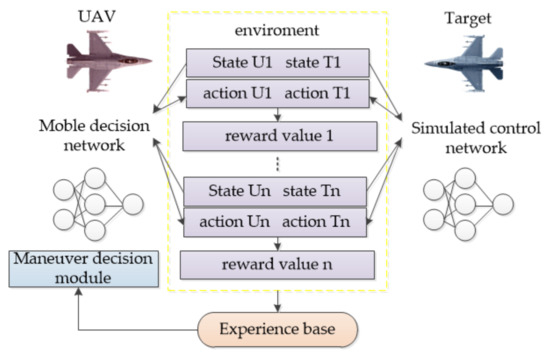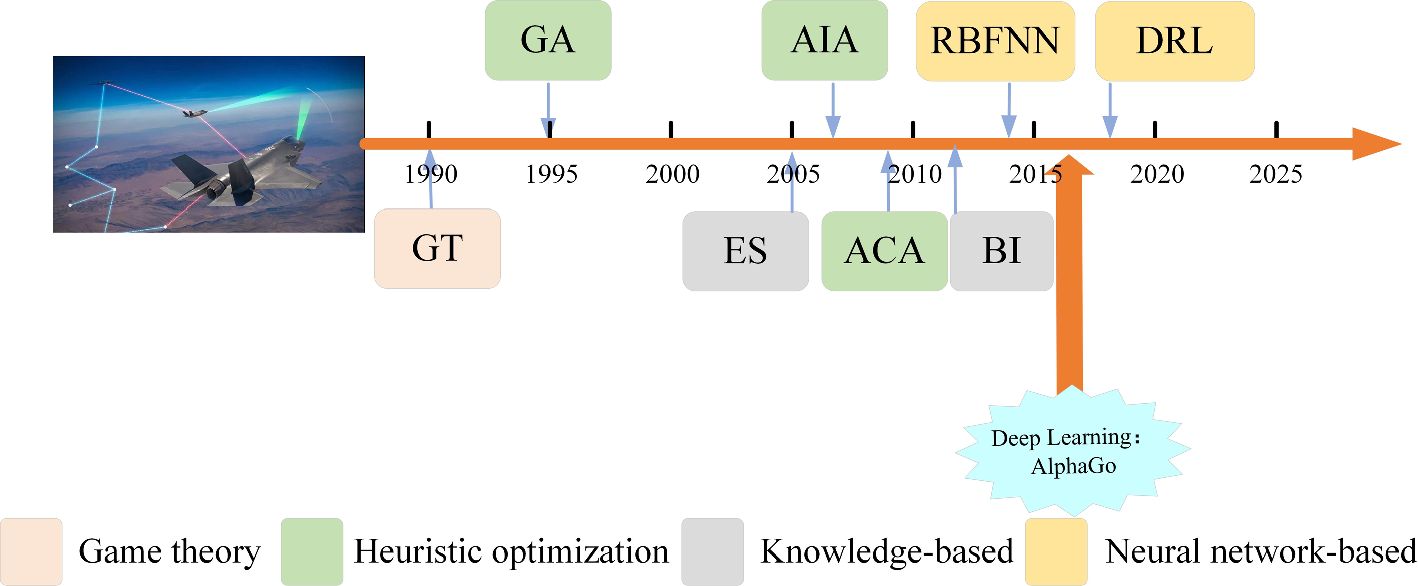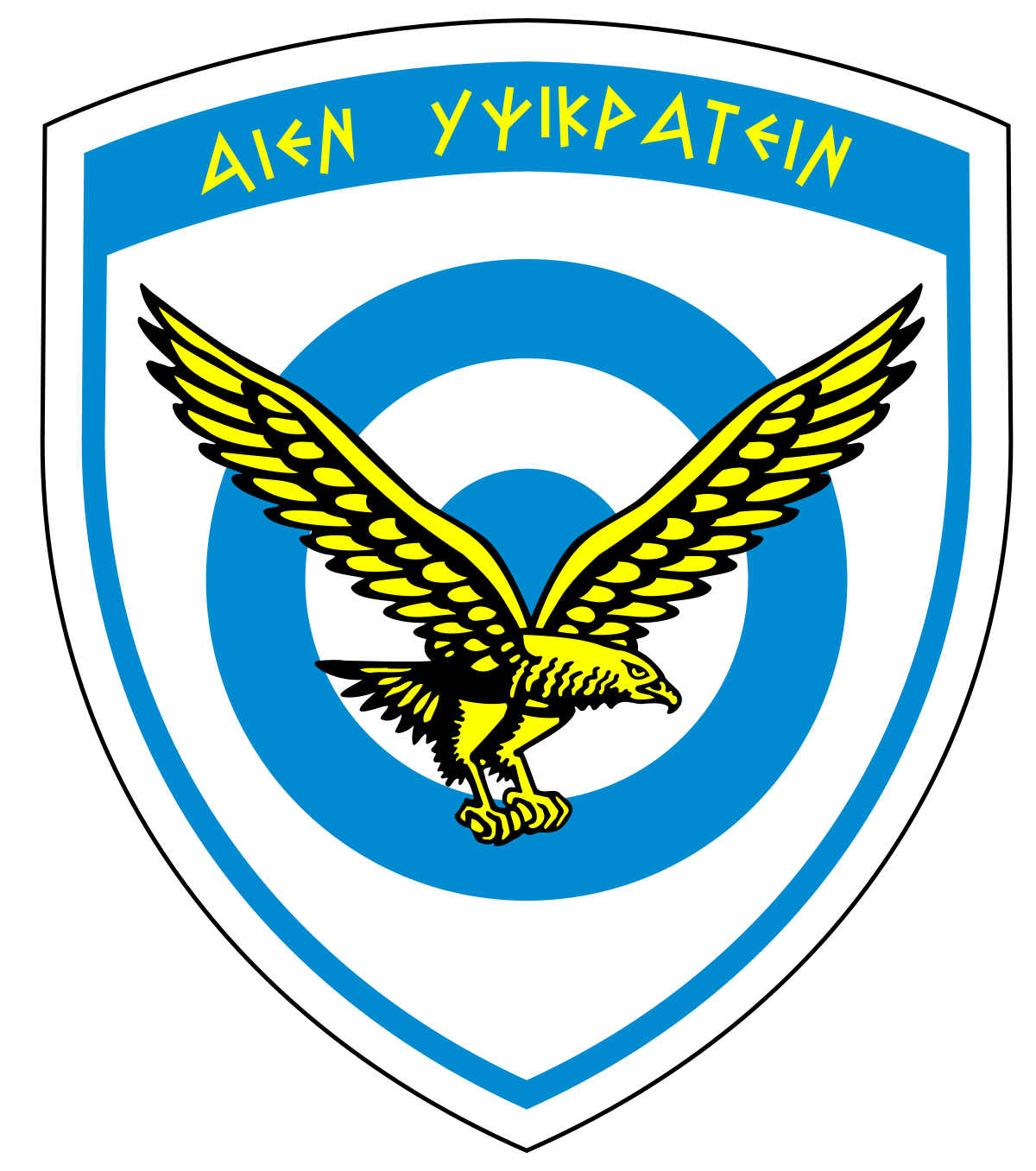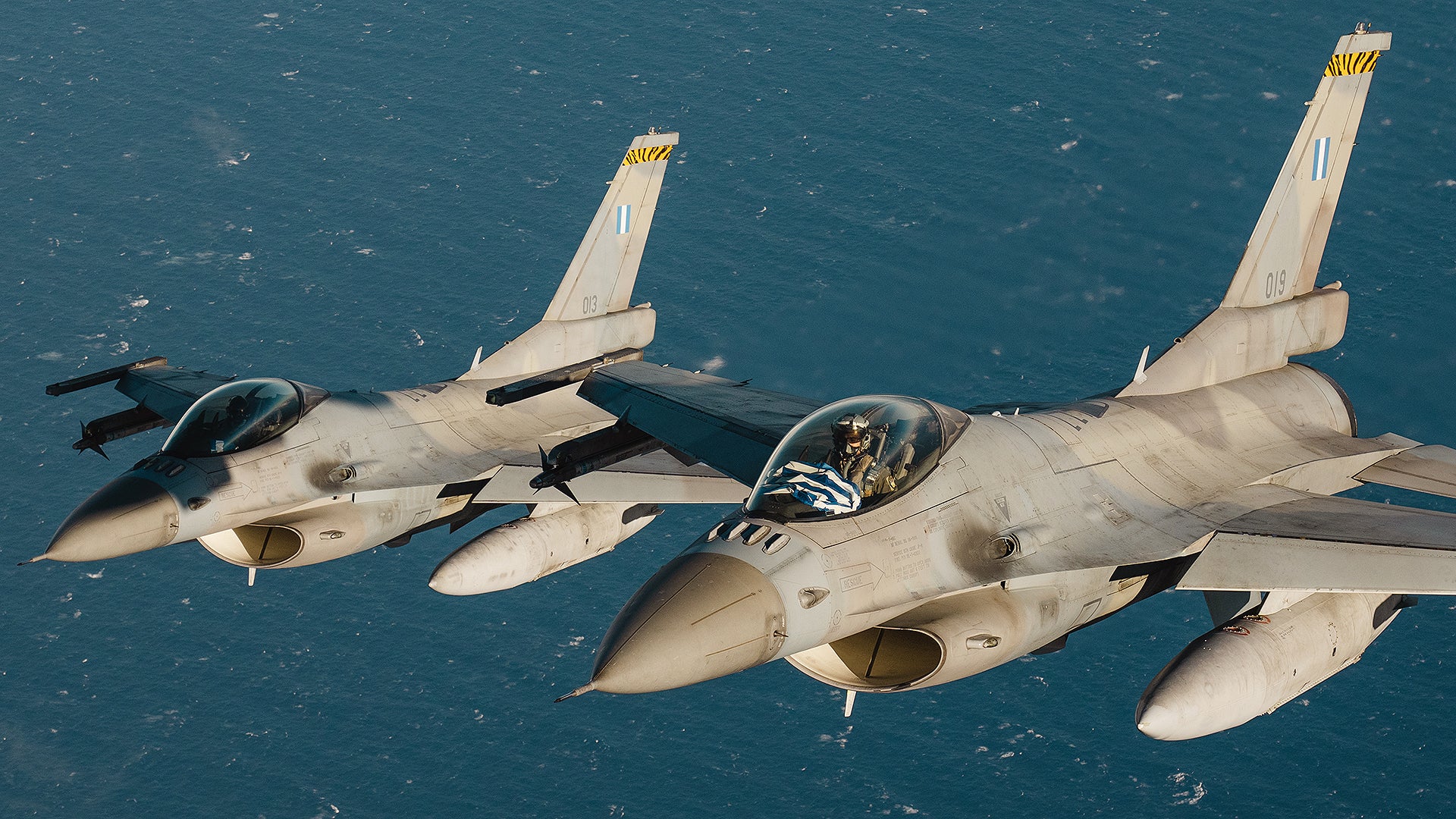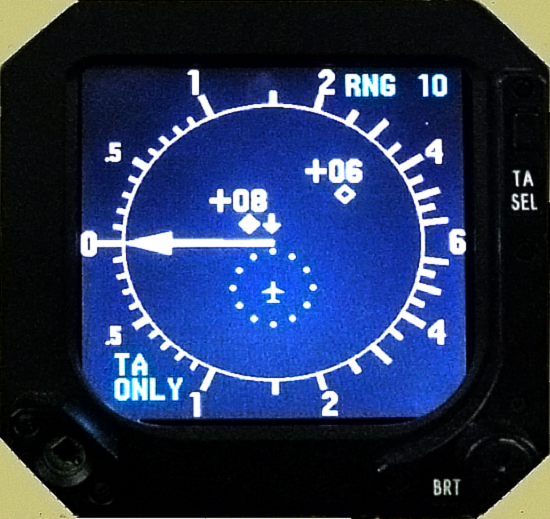@MCCCANM Cruising aircraft are separated by a minimum of 1,000’; If headed 000°-179°, you go at an odd altitude, & 180-359° take even altitudes
Everyone has the same altimeter setting – 29.92” – so altimeters read the same
But TCAS is there to save the day…here’s how
The Traffic Collision Avoidance System – TCAS (tee-cass) – is a small transmitter/receiver that allow jets to talk to each other. It’s almost always on (disabled when very low to the ground to avoid nuisance alerts) & creates a sort of local network of airplanes chattering with each other
Linked to the airplane’s flight data information, TCAS transmits that information to everyone around in a distance of 20-40 miles, while also receiving it from other TCAS units. It then builds a picture of where all the other airplanes are around you, how high or low they are, if they’re climbing or descending & which direction they’re headed.
This information is overlaid on our navigation screens as little empty shapes & we can get an early idea of what’s going on. It’s a great situational awareness tool! But it does far more…TCAS has a model of several “bubbles” around the aircraft. If another TCAS unit penetrates a bubble, our TCAS starts taking a special interest in it & starts to elevate in getting our attention
At the furthest bubble, TCAS just fills in the hollow shape (diamonds usually, but it varies). That’s a message the system is saying “hey, I’m interested in this other TCAS & you might be, too”
At the next bubble, TCAS turns the shape yellow & starts speaking…known as a “Traffic Advisory” (TA). Over the cockpit speaker it announces “TRAFFIC, TRAFFIC”. The TCAS is saying “that other TCAS I was telling you about earlier is getting serious, pay attention”
In between this bubble & the next, the two TCAS systems are having a chat. They want to be ready for the final bubble…
If the two determine they’ve crossed the final bubble, they make a co-decision. They decide who will go up, who will go down, how fast it needs to happen & that they’re going to issue a command. Then they execute their plan
TCAS on both jets issue a “Resolution Advisory” (RA) to resolve the conflict. One jet’s TCAS announces “CLIMB, CLIMB” and the other “DESCEND, DESCEND”. They will never issue the same command to both jets, and they only resolve conflicts vertically…they won’t command turns
If one TCAS determines the other TCAS isn’t effective (crew not responding), it may issue a reversal of the command, but that’s exceptionally rare
With very few exceptions, a TCAS RA is a mandatory maneuver, overriding even ATC instructions. You must comply…or you better have a really, really good reason you didn’t, and there aren’t many good reasons. You tell ATC “Responding to TCAS RA” & they let you do it
If TCAS decides you aren’t doing it fast enough, it will further command “INCREASE VERTICAL SPEED”. The whole time, it gives you an indication on your attitude indicator of where your nose should be pointed
Some autopilots can obey a TCAS command, while others are required to be disconnected & the maneuver flown by hand
Once TCAS is satisfied the two jets have avoided a collision, it announces “CLEAR OF CONFLICT”. You return to your previous altitude and start working with ATC to figure things out
As amazing as technology is, humans are in the loop & sometimes make mistakes. In the post below, one of the crews ignored TCAS commands in favor of ATC instructions, which were erroneous. They got very lucky – it would have been the worst aviation accident in history
The very next year, though, a Russian airliner was not so lucky when they disregarded a TCAS RA, killing everyone aboard both jets, including a group of children on a school trip
https://en.wikipedia.org/wiki/2002_%C3%9Cberlingen_mid-air_collision
Since then, authorities have repeatedly emphasized that a TCAS RA is to be obeyed unless there is an extreme case not to
A short video helps explain it nicely:

 www.hs.fi
www.hs.fi


